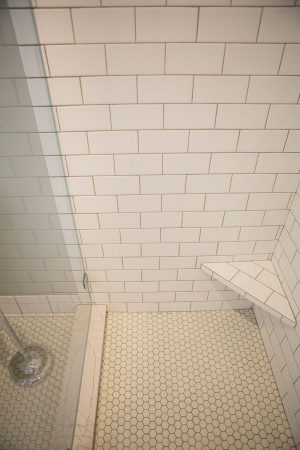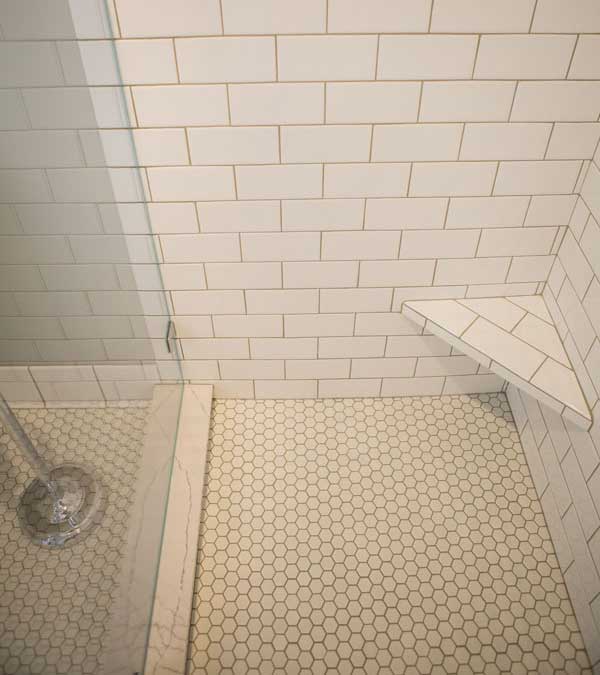 One of the most common things that many homeowners wonder about when they are having their dream home built is which would be the best flooring material to use in their bathroom, kitchen, and other rooms in their house. Should they choose ceramic tiles or porcelain tiles? Which one is the most durable and practical?
One of the most common things that many homeowners wonder about when they are having their dream home built is which would be the best flooring material to use in their bathroom, kitchen, and other rooms in their house. Should they choose ceramic tiles or porcelain tiles? Which one is the most durable and practical?
These homeowners are aware that ceramic and porcelain tiles have unique characteristics of their own. What they do not know is what makes one of these tiles better and this is what we will be discussing in this article.
Differences Between Porcelain Tile And Ceramic Tile
Although porcelain and ceramic tiles like quite similar to each other, there are also a number of obvious differences between them. For one thing, porcelain tiles are less porous and denser compared to ceramic tiles. ‘What does the mean? It means that porcelain tiles are hard-wearing and are better for both outdoor and indoor use. They also appear dense due to the way they are manufactured.
For interior walls and floors, ceramic tiles are recommended and more preferable, particularly in places with heavy traffic, including commercial applications, kitchen floors, and hallways Porcelain tiles are very resistant against scratching and chipping.
Porcelain Floor Tile Advantages
There are many reasons why using porcelain tiles should be considered, including the following:
Repairs
Low Maintenance
Lifespan
Fireproof
Durability
Absorption
Highly Stain Resistant
Liquid Resistance
Porcelain Disadvantages
Despite the number of benefits offered by porcelain tiles, there are some drawback as well, including:
Porcelain Floor Tile Weight
High Cost of Installing Porcelain Tile Flooring
Ceramic Tile Advantages
Ceramic Tile Flooring Costs
Allergen Concerns
Durable Ceramic Tile
Tile Maintenance
Ceramic
Ceramic Tile Design Options
Ceramic Water Resistance
Unglazed Ceramic
Ceramic Tile Drawbacks
Weight
Hard to Clean
Prepare Yourself Before You Go to a Tile Store
By now, you are aware of what the basics are, particularly if you have carefully read all of the previous parts of this article. When you go to a tile store, stake a small window glass shard, a drinking water bottle with tap water in it, a copper penny, and a pocket knife. That will allow you to test every tile to see whether or not it is durable.
Also, just because a tile is labeled ‘porcelain,’ that doesn’t necessarily mean it is scratch-resistant, harder, better, and more durable. Keep in mind that you basically always get what you pay for. However, if a salesperson tries to convince you to a type of porcelain that is more expensive, you should decline their offer. There are basically not many practical differences between ceramic and porcelain tiles.
When it comes to certain tiles, like what we discussed previously, there undergo many different types of tests, including stain resistance, breaking strength, slipperiness, chemical damage, resistance to cold and heat, and much more. The water test that is normally conducted uses ANSI and PEI to measure the amount of moisture contained in the tile. Although those distinctions do no normally mean that one type of tile is better compared to the other, it is very useful to determine where and how each type of tile should be used. This will help you decide which type of tile you want to use in your home.


